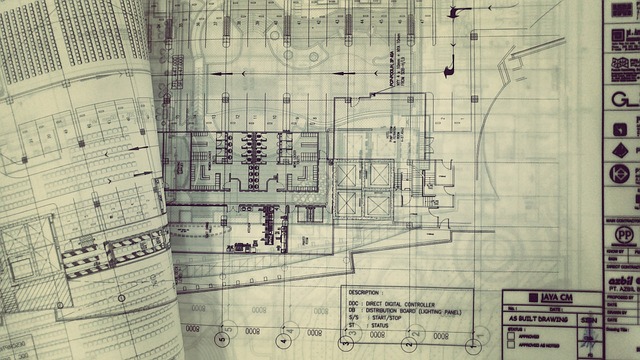In today’s rapidly evolving construction industry, the effective management of projects is crucial for success. Construction project management software has emerged as a valuable tool for streamlining processes, enhancing collaboration, and improving overall project efficiency. However, implementing such software can be a complex undertaking that comes with its own set of challenges. In this article, we will explore the key challenges that organizations may face during the implementation of construction project management software and provide practical strategies to overcome them.
Resistance to Change
One of the primary challenges encountered during the implementation of construction project management software is resistance to change. Many employees may be accustomed to traditional methods and reluctant to adopt new technology. To overcome this challenge, it is essential to communicate the benefits of the software clearly. Highlight how it can streamline workflows, improve communication, and ultimately make their jobs easier. Provide training and support to help employees navigate the transition smoothly and address any concerns they may have.
Data Migration and Integration
Another significant challenge is migrating existing project data and integrating it into the new software. Construction projects generate vast amounts of data, including documents, drawings, schedules, and financial information. Ensuring a smooth data transfer and integration process is critical to avoid data loss or duplication. Begin by conducting a thorough data audit to identify the relevant information that needs to be migrated. Work closely with the software vendor or IT professionals to develop a data migration plan and perform rigorous testing to ensure data accuracy and integrity.
Customization and Configuration
Construction projects can vary significantly in their requirements, and it is essential for the software to align with the specific needs of the organization. Customizing and configuring the software to match these requirements can pose a challenge. During the implementation process, allocate sufficient time and resources for customization and configuration. Engage with the software vendor or seek the assistance of experienced consultants to ensure that the software is tailored to address the unique needs of the organization.
User Adoption and Training
Even with the best software in place, its effectiveness depends on user adoption. Providing comprehensive training to users is vital for them to understand and utilize the software’s full potential. Develop a training plan that encompasses all relevant roles within the organization and provides hands-on experience with the software’s key features. Incorporate training sessions, workshops, and user guides to facilitate a smooth transition. Continuous support and follow-up training can also help address any user concerns and reinforce adoption.
Integration with Existing Systems
Many construction organizations already use various software systems for different purposes, such as accounting, project scheduling, or document management. Integrating the new construction project management software with these existing systems can present integration challenges. Ensure that the new software has the capability to integrate or interface with other systems. Engage with IT professionals or software vendors who can assist in developing integration solutions and provide guidance on data flow and interoperability.
Change Management and Leadership
Implementing construction project management software is not just a technical endeavor; it is also a significant change for the organization. Strong change management and leadership are crucial for successful implementation. Develop a change management plan that includes clear communication strategies, stakeholder engagement, and ongoing support. Effective leadership can drive enthusiasm, address resistance, and create a culture of acceptance and utilization of the new software.
Implementing construction project management software successfully requires careful planning, effective communication, and a focus on addressing challenges head-on. By understanding and proactively addressing resistance to change, ensuring smooth data migration and integration, customizing and configuring the software, fostering user adoption through comprehensive training, integrating with existing systems, and implementing robust change management strategies, organizations can maximize the benefits of construction project management software. Embracing technology and leveraging its potential, construction companies can enhance their project management capabilities, streamline processes, improve collaboration, and ultimately achieve greater success.

0 Comments